For the love of friction: how positive friction can build user engagement
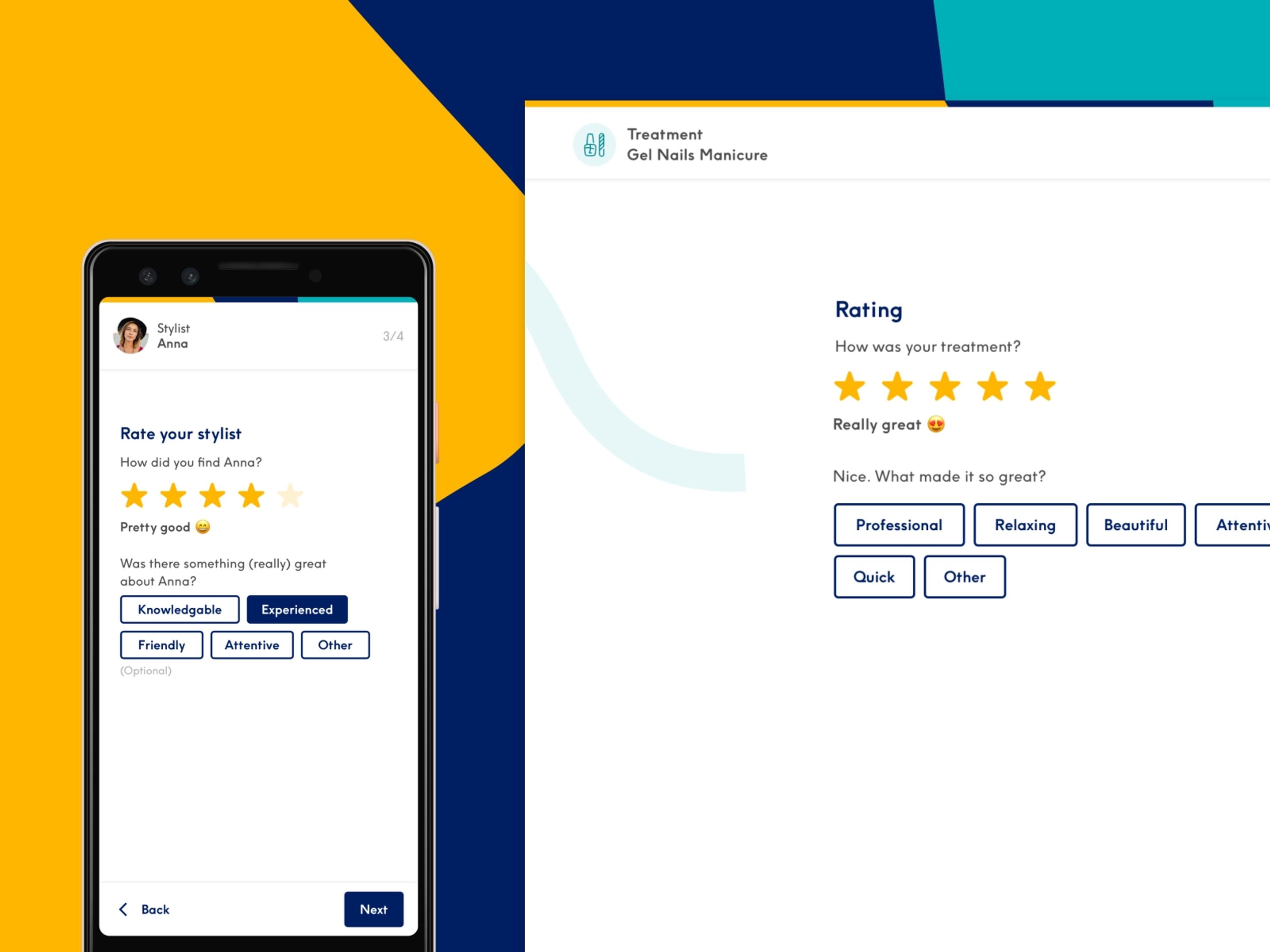
The acceleration of digital transformation means brands have woken up to the idea that to get parity with competitors, they need to offer the basics – simple, easy-to-use products. Brands have been following the same trajectory: pursuing seamlessness and seeking to remove friction wherever possible.
Up to now, friction has been frowned upon as something that frustrates users. But friction has an important role to play in the digital world (just as in the physical one), and it can be a great way to build positive engagement with users.
When Chris Allwood, Head of Digital Product Design at Bloom & Wild, spoke at our recent panel, Breaking Through Digital Sameness, he told us how friction helped his previous company, Treatwell, find a better way to engage users and drive value for the business.
“This was a bit of a happy accident that we sort of stumbled upon. Friction was the design that we introduced, but that was by no means what we originally set out to do,” he said.
Treatwell’s original review flow was very quick and customers would receive discount codes for leaving a review. Because of this, a lot of customers were taking part – on the surface, it seemed to be quite effective.
The process involved a single page form with a row of criteria that asked users to rate how satisfied they were.
“When we watched users, we realised that they would just click 5, leave the shortest review they could and click send to get a £5 discount code – it was the quickest £5 anyone’s ever earned. But it wasn’t creating much value for our customers,” said Allwood.
Although retention rates were high – users would return to spend their £5 – reviews are incredibly important as a decision making factor for Treatwell’s customers. And yet, the review experience actively encouraged users to leave the fastest review possible.

By creating a more considered, slower review journey through asking follow-up questions and introducing tags that allow users to explain attributes of their experience resulted in more useful and effective reviews.
By introducing this point of friction at the right stage of the journey, Treatwell was then able to gather much more valuable and reliable data and insights about its customers.
The takeaway here is that although something might look effective on the surface because it's seamless, ultimately it may not be benefiting your brand as much as it appears.
Harnessing the power of positive friction
Positive friction is important in an emotional sense as well as a functional one, as it can be used to help a customer feel safer, calmer or more engaged. Take food delivery as an example: people are rarely more prone to disappointment than when their dinner turns up late or contains the wrong items.
We used this insight when we designed the Domino’s Pizza app. We used data which was already built into the back-end of the ordering/delivery journey and shared it with customers at key moments to reassure them that their order hasn’t been forgotten or taken on an hour-long journey when the store is half a mile away.
We did this by introducing the Pizza Tracker, which doesn’t eliminate the need to wait for your pizza (sorry!) but it does make the waiting time more engaging and informative enough so that the customer isn’t worrying about whether their pizza will arrive.
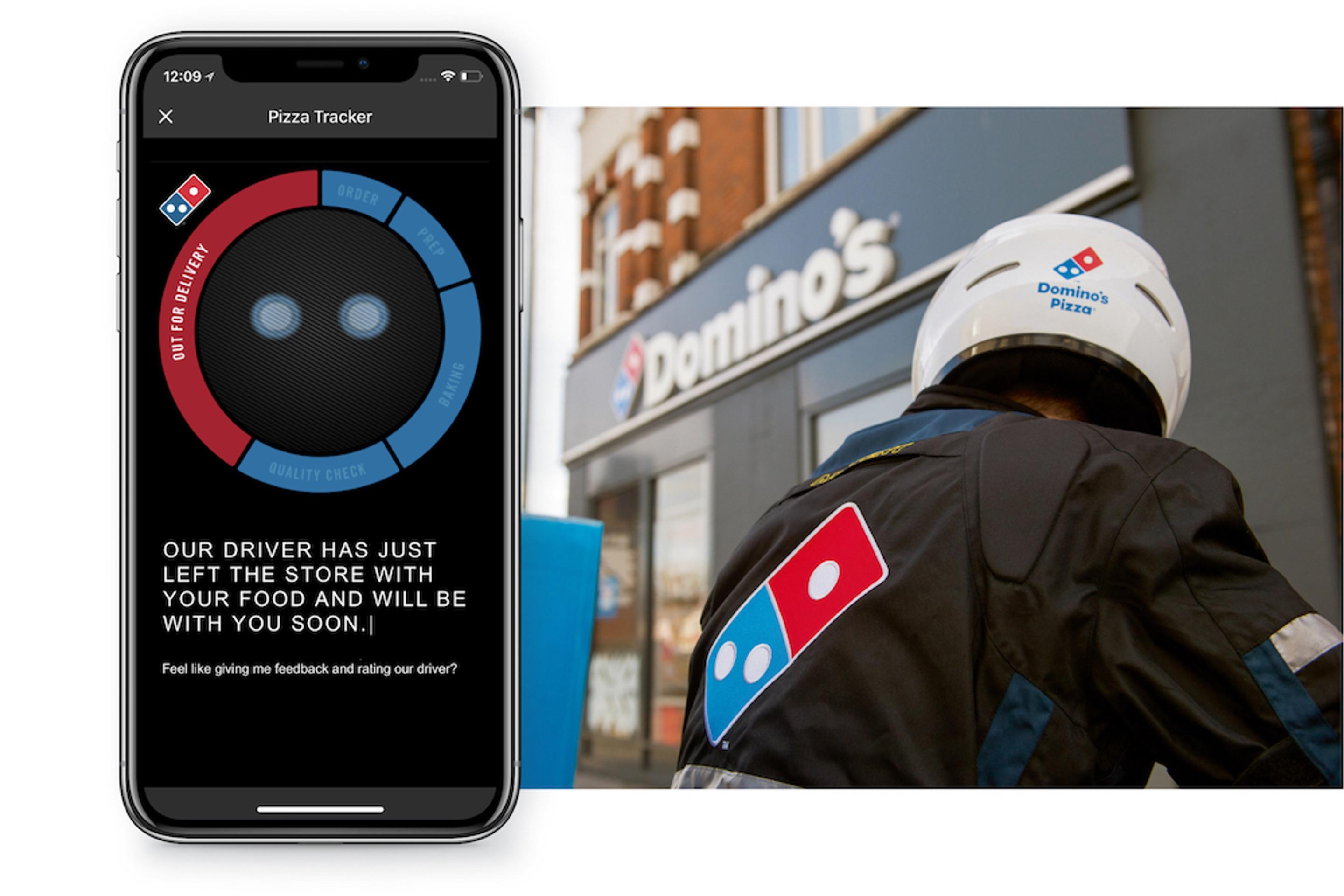
A bit of friction in the right context can create a lot of confidence and reassurance for users. Journey mapping can help brands determine where to add friction: thinking about what the task is that the user is completing and what the outcome is that you’re trying to evoke.
The takeaway
Positive friction can play an important role in enhancing the user journey. When designed well, it can make experiences feel more secure and memorable.
When you’re designing your product, consider the following when it comes to friction. Does it:
If the answer is yes, then include friction in your product.
We can discuss the role friction can play in your business. To design the right experience for your users and keep them coming back, get in touch with our team today.
Insights
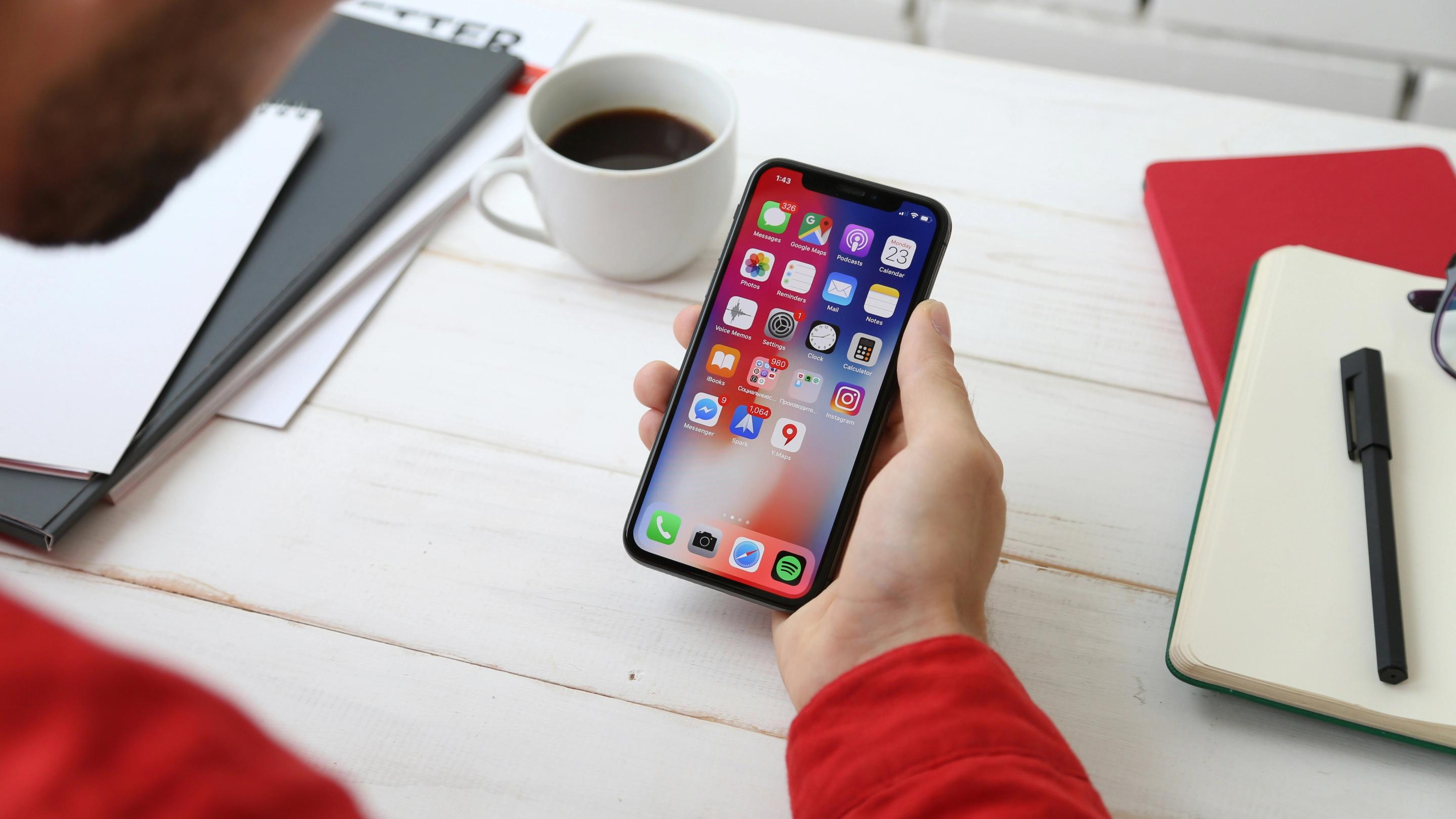
Understanding the Digital Loyalty Index

5 Secrets Behind Building Brand Loyalty | Future Platforms
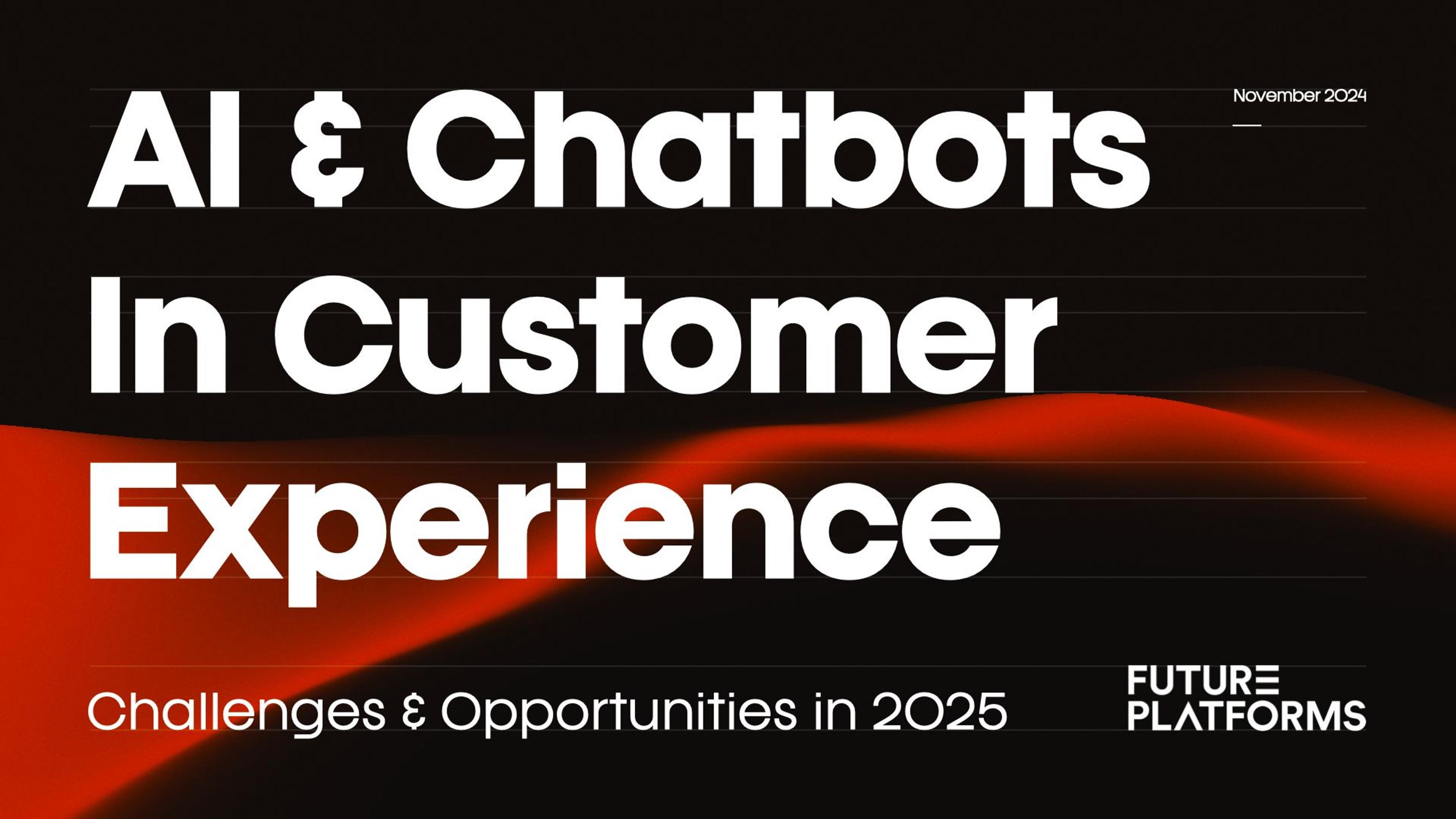
AI & Chatbots in Customer Experience (CX): Challenges & Opportunities In 2025
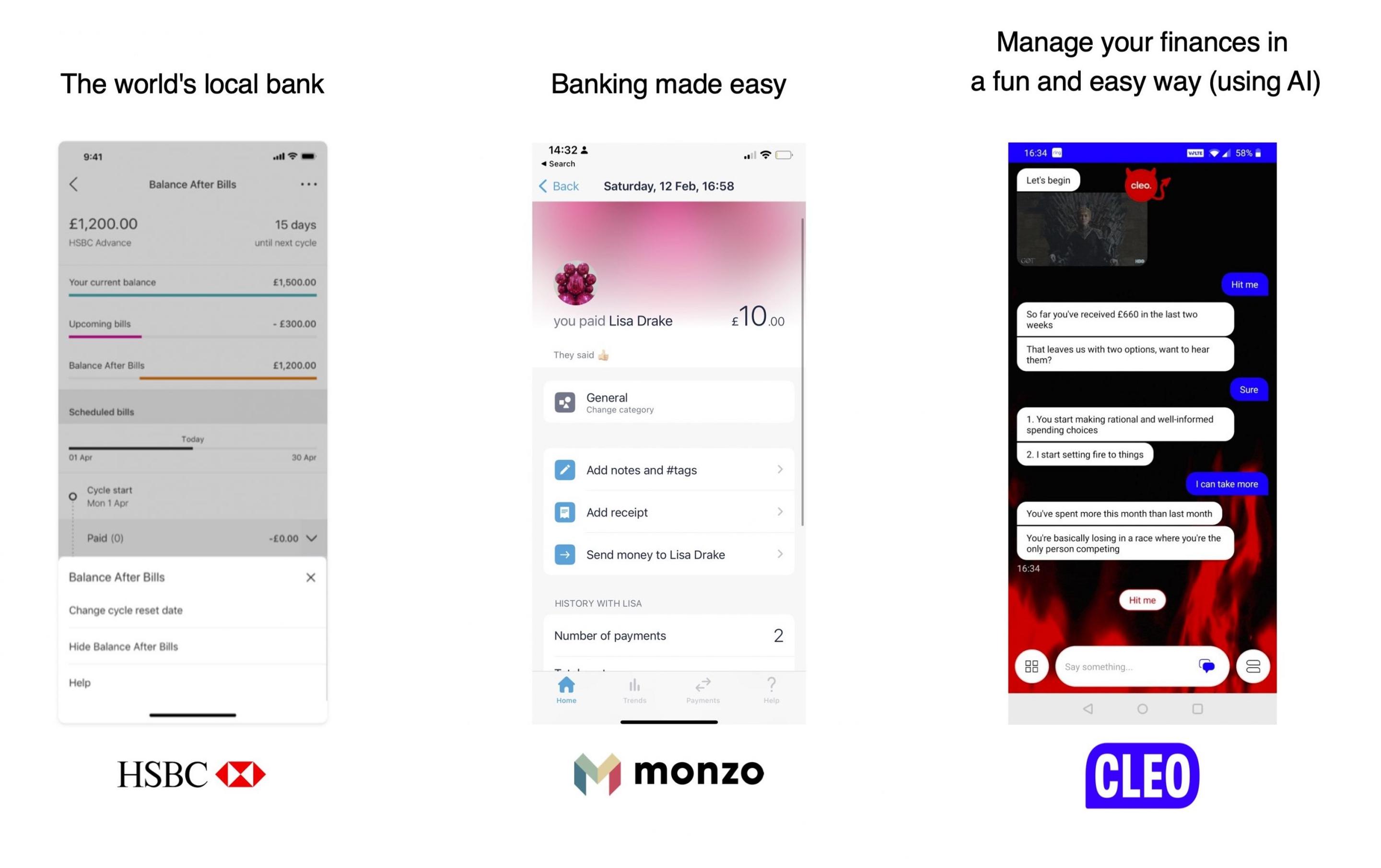
4 ways brands can break through digital sameness

Creating minimum lovable products
